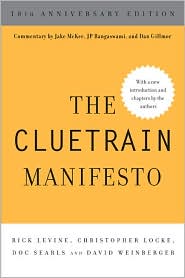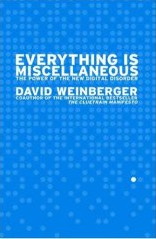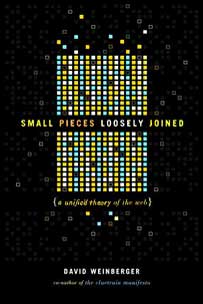February 24, 2021
Free “The Realist”
I just stumbled across an open access archive of 146 issues of The Realist, Paul Krassner’s 1960s political and cultural satire magazine. Thanks, JSTOR!
I read it when I was in high school and college in the 1960s and early 1970s. It was far more savage than MAD magazine, more explicit in topics and language, and went after riskier targets. The epitome of this was his parody of William Manchester’s book about the JFK assassination, The Death of a President — a parody that ended with an act by LBJ on the plane carrying Kennedy’s body to Washington that is still so crude and shocking that I’d have to use euphemisms to describe it. Instead, here’s an article that puts it in context.
That was Krassner pulping a topic with a meat hammer, but The Realist was often more clever and addressed very real issues: craven politicians, the abuse of power, the institutionalized oppression of the vulnerable, the US as a warmonger, the heartlessness of capitalism. To be clear, the LBJ article also addressed real issues: The growing JFK hagiography, LBJ’s lust for power and crude lack of empathy, the masculine all-consuming and sexualized power dynamic, the media’s genteel cowardice, etc. It just did so atypically in the form of a short story
Krassner was one of the co-founders of the Yippies. He published The Realist until 2001. He died in 2019.








